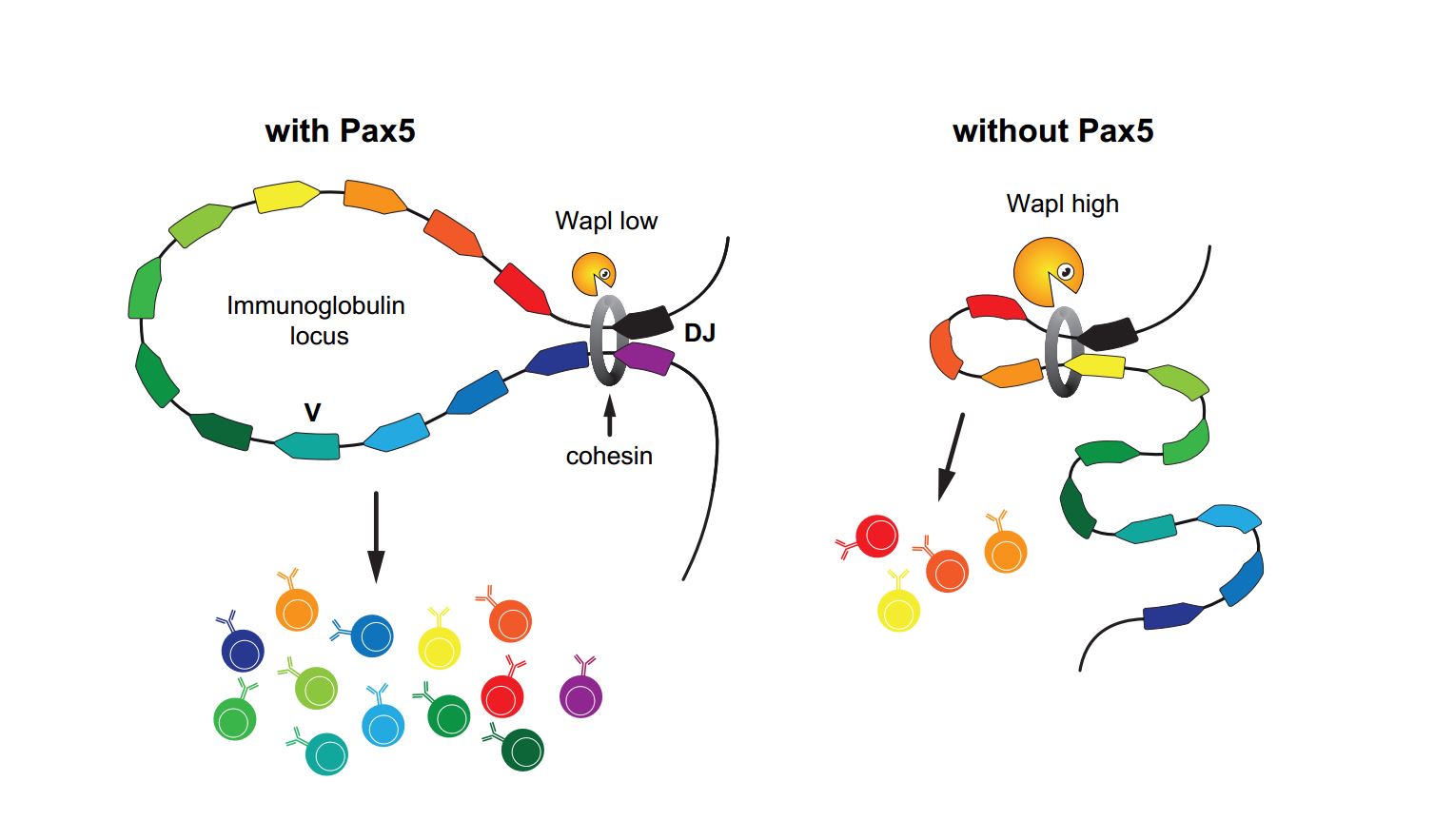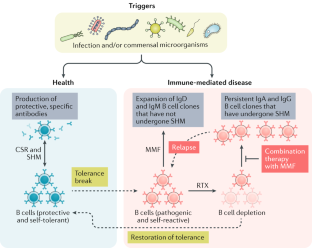
f Diversity profiles (vectors of alpha values) are of identical (alpha-)composition and are therefore suitable for cross-repertoire comparisons by machine learning approaches allowing for their potential application in next-generation immunodiagnosticsĭiversity profile intersection predicts differential sub-repertoire clonal expansion.

These equivalent repertoires represent different portions of the original repertoires, with only the top clones remaining as alpha tends towards infinity. e The Diversity value αD for each alpha signifies an equivalent repertoire in which all clones are equally abundant. Shannon diversity (alpha = 1) and Simpson’s index (alpha = 2) are widely used for diversity comparisons but, depending on the dataset structure, show qualitatively inconsistent Diversity values (Additional file 2). d Diversity ( αD, derived from the Rényi entropy) alleviates the problem of incomparable datasets by projecting clonal frequency distributions onto the same (reduced) alpha space. These distributions differ in clonal composition even in inbred mice (Additional file 4) this renders the application of machine learning approaches highly problematic (f) as they require identical composition. c The immediate output of HTS datasets are immune repertoire clonal frequency distributions, which are composed of the frequency of each clone (where frequency is the proportion of the sequencing reads bearing the same clonal identifier ). Each color describes one lymphocyte clone (usually defined by the CDR3).

b Lymphocyte repertoire 1 represents a uniform repertoire (e.g., resembling that of a healthy individual) as opposed to lymphocyte repertoire 2, which shows a large clonal expansion (few clones dominate the repertoire, e.g., as a result of disease/infection or vaccination). a The clonal distribution and diversity of lymphocyte repertoires may represent a fingerprint of an individual’s current immunological status (e.g., healthy, vaccinated, diseased/infected). Rendering HTS repertoire data suitable for machine learning-based immunodiagnostics. Our framework offers the possibility to advance immune-repertoire-based fingerprinting, which may in the future enable a systems immunogenomics approach for vaccine profiling and the accurate and early detection of disease and infection. Our framework is highly scalable as it easily allowed for the analysis of 1000 simulated immune repertoires this exceeds the size of published immune repertoire datasets by one to two orders of magnitude. We could predict with high accuracy (greater than or equal to 80 %) a wide range of immunological statuses such as healthy, transplantation recipient, and lymphoid cancer, suggesting as a proof of principle that diversity profiling can recover a large amount of immunodiagnostic fingerprints from immune repertoire data. We coupled diversity profiles with unsupervised (hierarchical clustering) and supervised (support vector machine and feature selection) machine learning approaches in order to correlate patients' immunological statuses with their B- and T-cell repertoire data.

The framework relies on Hill-based diversity profiles composed of a continuum of single diversity indices, which enable the quantification of the extent of immunological information contained in immune repertoires. Here, we introduce a bioinformatics repertoire-profiling framework that possesses the advantage of capturing the diversity and distribution of entire immune repertoires, as opposed to singular public clones.

Disconcertingly, this means that the wealth of information gained from repertoire sequencing remains largely unused for determining the current status of immune responses, thereby hampering the implementation of immune-repertoire-based diagnostics. However, steadily increasing sequencing depth has revealed that immune repertoires vary greatly among individuals in their composition correspondingly, it has been reported that there are few shared sequences indicative of immunological status ('public clones'). The advent of high-throughput immune repertoire sequencing now enables the interrogation of immune repertoire diversity in an unprecedented and quantitative manner. Thus, they may serve as a fingerprint of an individual's ongoing immunological status (e.g., healthy, infected, vaccinated), with far-reaching implications for immunodiagnostics applications. Lymphocyte receptor repertoires are continually shaped throughout the lifetime of an individual in response to environmental and pathogenic exposure.


 0 kommentar(er)
0 kommentar(er)
